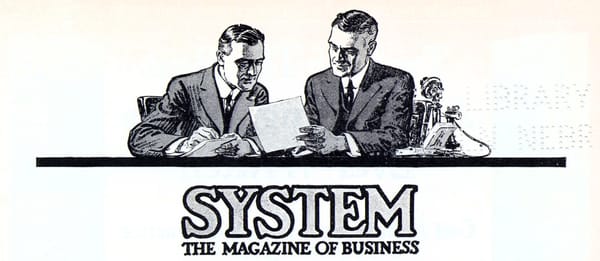Using Liberating Structures to facilitate continuous improvement
You’ve gathered everyone together around a problem. Now what?

“Five conventional structures guide the way we organize routine interactions and how groups work together: presentations, managed discussions, open discussions, status reports and brainstorm sessions. Liberating Structures add 33 more options to the big five conventional approaches.”
So much of continuous improvement comes down to gathering a small group of people together (ideally with snacks) and opening a space so that everybody can decide what to do next.
The Lean books and teachers I learned from taught me what needed to happen—the observations, diagrams, analysis, ideas, and plans—but couldn’t convey how to get all this to occur within groups of people who were happy, unhappy, skeptical, annoyed, burned-out, eager, curious, tired, distracted, in pain, lost in thought, worried, hungry, or optimistic.
Facilitation is its own separate skill.
Like the other so-called “soft skills,” it is hard as hell.
But eventually, Liberating Structures gave me the methods I needed.
No new thing under the sun
Each Liberating Structure is a recipe for a small, generative group interaction. Flip through the collection and you’ll find short definitions and plenty of examples, along with detailed, insightful facilitation guides.
As you explore, many of the formats and activities might seem familiar—and for good reason. Very little of this work is original, which is why nearly all of it is useful. For example, the What, So What, Now What? Liberating Structure is one particular expression of a device you might have seen in academic or business writing (as Chris Argyris’ ladder of inference) or in community development (my teachers at the Institute of Cultural Affairs call it ORID, an unlovely contraction of “objective, reflective, interpretive, and decisional”). The point of this particular Liberating Structure isn’t to be innovative, but instead to give just enough structure to help a group to listen and reflect on its shared experience. And it, like all the others, is offered with attribution and links to further reading to satisfy the eggheads.
Most of the Liberating Structures are small, with time commitments beginning at around 15 minutes. As you practice them, you may find yourself planning events by chaining a sequence of Liberating Structures together. There’s even a Liberating Structure for having group plan its own event—what my friend Dan calls choreography, but the Liberating Structure is called Design Storyboards.
And Liberating Structures are a great boost to continuous improvement efforts because they loosen up hierarchies and create new ways for people to learn from one another. This is an important part of Lean, and it’ll happen eventually—but some carefully deployed Liberating Structures can help things along. Some of the structures, like Ecocycle Planning, fit directly into the portfolio planning and management systems that sustain continuous improvement over time.
Getting started
The stuff is available online and is free to use. Read up on the Liberating Structures web site, starting with the LS Menu.
I recommend the excellent, free LiSA app for your phone or iPad. (LiSA also runs on recent Macs.) LiSA is great for quick reference, as well as for working out an agenda using a chain of Liberating Structures.
Beyond that, the very best way to learn Liberating Structures is to watch, do, and teach. (It’s also the best way to learn anything.) For this purpose, my friend Alyssa recommends this monthly international, online meetup.
Big changes, small changes
It’s only fair to let the Liberating Structures folks have the last word. Because what they want is what I want, too:
“We want everyone to learn to foster big changes by inviting people to make small structural changes in how they work together.”



